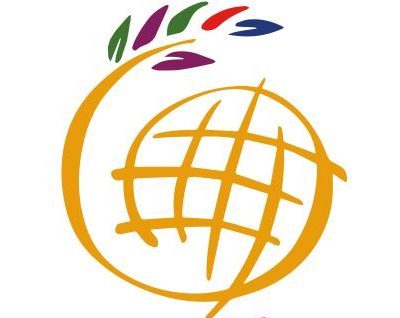
In the Ethiopian Highlands, where yields have been only about one third of their potential, diffused light storage of seed potatoes is getting results.
Mrs Tadelech Lachemo, a farmer in the Ethiopian Highlands, had a dream to increase her agricultural productivity and run a profitable restaurant. Taking part in Africa RISING’s potato seed multiplication training has given her a head start to achieve her ambition.
Potato varieties that are disease-resistant and yield three to seven times more than local varieties were identified through participatory selection of varieties. Tadelech received 7 quintals (70 kg) of a selected improved potato variety (Gudene), and during her first year she produced about 70 quintals of potato, earning about ETB 23,000 from the sale of her produce (fresh and seed potato) to fellow farmers. She used to plant only 1 quintal of the local variety and harvest 4 quintals per year. Tadelech set a market price of ETB 500 per quintal in consultation with the Africa RISING project and local government administrators. She helped four female heads of household by selling potatoes to them at a lower price of ETB 400 per quintal, so they can also benefit as she does; she also gave 4 quintals as a gift to her family and 3 quintals to very poor farmers who couldn’t buy the seed.
The family consumed around 10 quintals of potato at home during the cropping season. From the money she obtained, she supported her son with ETB 10,000 to build a house and is constructing a traditional restaurant house for herself. With support from the project she has also built a diffused light store for potato seed.
Tadelech explained that before the new variety was introduced to her village, she and many other farmers used to plant only once a year; now many people are planting potatoes twice a year, in both cropping seasons. Before the introduction of the diffused light stores, the maximum seed she used to save as planting material was about 0.5 quintal; now she saves around 50 quintals of quality potato seed for sale and as planting material.

What is diffused light storage?
Traditionally, farmers store potatoes in a dark room to use as seed potatoes for the next planting, as well as for sale and home consumption. But dark storage can mean increased losses caused by insects and excessive sprouting.
Diffused light storage, initially developed by CIP, involves storing potatoes in thin layers on shelves or trays in natural, diffused (indirect) light and with good ventilation. As light causes potatoes to go green, making them unsuitable for eating, the method can only be used for storing seed potatoes.
Africa RISING studies found that seed potatoes in diffused light storage are better quality and produce a much higher yield. The project has increased diffused light storage capacity to 240 t, with 2,000 farmers benefiting.

Farmer Amarch Lechamo demonstrates her diffused light potato store in Upper Gana kebele, Lemo woreda, SNNPR. Photo credit: Apollo Habtamu/ILRI.
Partners: Amhara Region Agricultural Research Institute; CIMMYT; CIP; Ethiopian Institute of Agricultural Research; ICARDA; ILRI; Oromia Agricultural Research Institute; Southern Agricultural Research Institute; Tigray Agricultural Research Institute; woreda extension offices in Basona (Amhara), Endamehoni (Tigray), Lemo (SNNPR) and Sinana (Oromia)
This blog post is part of our Partner Spotlight on Africa RISING. The aim of the program is to transform agricultural systems through sustainable intensification of mixed crop livestock systems, a key pathway towards better food security, improved livelihoods and a healthy environment. The program comprises three regional research-for-development projects, led by the International Institute of Tropical Agriculture (in West Africa and East and Southern Africa) and the International Livestock Research Institute (in the Ethiopian Highlands). The International Food Policy Research Institute leads the program’s monitoring and evaluation project. The United States Agency for International Development (USAID) supports the program as part of the U.S. government’s Feed the Future initiative.
GFAR Secretariat is turning the spotlight on the work and collective actions of Partners in GFAR who share in our mission to strengthen and transform agri-food research and innovation systems globally. Not a GFAR partner yet? Join now!


